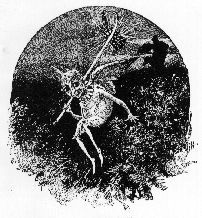
A creature with many different looks
Indeed, Pouk was a typical medieval term for the devil. For example, Langland once called Hell "Pouk's Pinfold." And the Phouka was sometimes pictured as a frightening creature with the head of an ass. Truly a devil to behold. The Welsh Pwca also did not match our modern conception of dainty tinkerbell fairies. According to Louise Imogen Guiney, a peasant drew the Pwca as "a queer little figure, long and grotesque, and looked something like a chicken half out of his shell".
As a shape-shifter, Puck has had many appearances over the years. He's been in the form of animals, like how the Phouka can become a horse, eagle or ass. He's been a rough, hairy creature in many versions. One Irish story has him as an old man. He's been pictured like a brownie or a hobbit. In a 1785 painting by William Blake , he looks like Pan from Greek mythology. In a 1841 painting by Richard Dadd , Puck looks like an innocent child. And a modern cartoon show portrays him as a silver-haired elf.
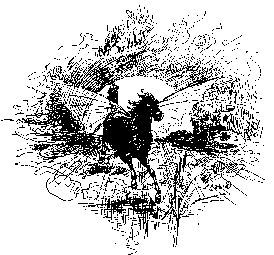
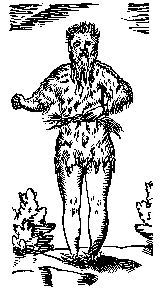
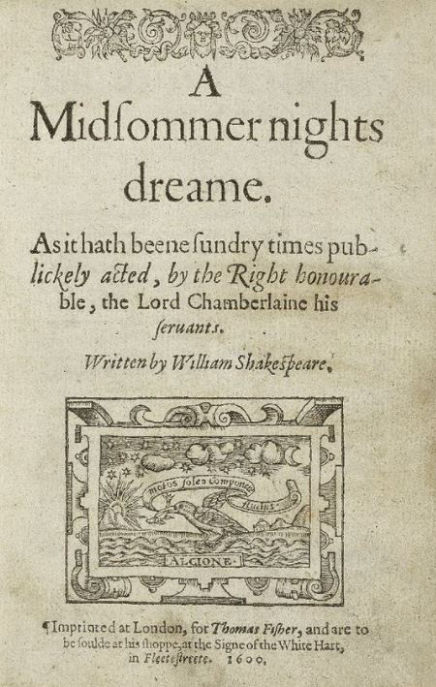
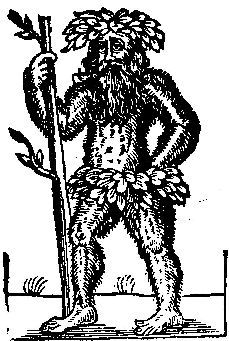
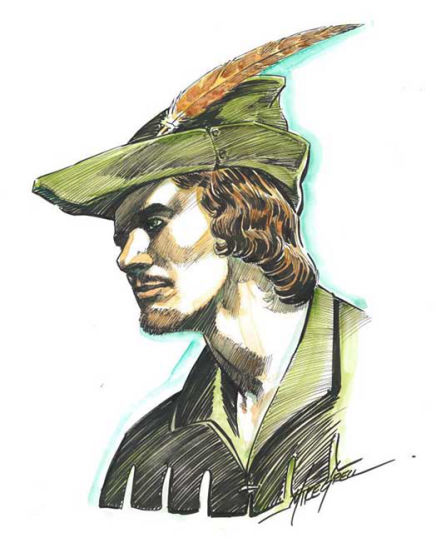
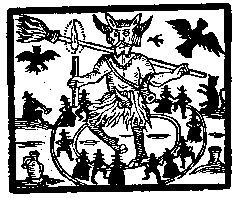
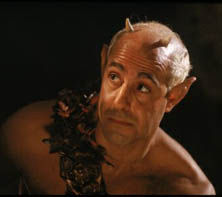
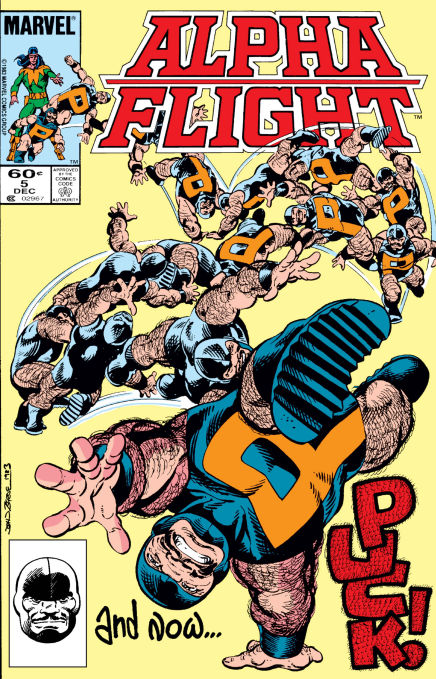
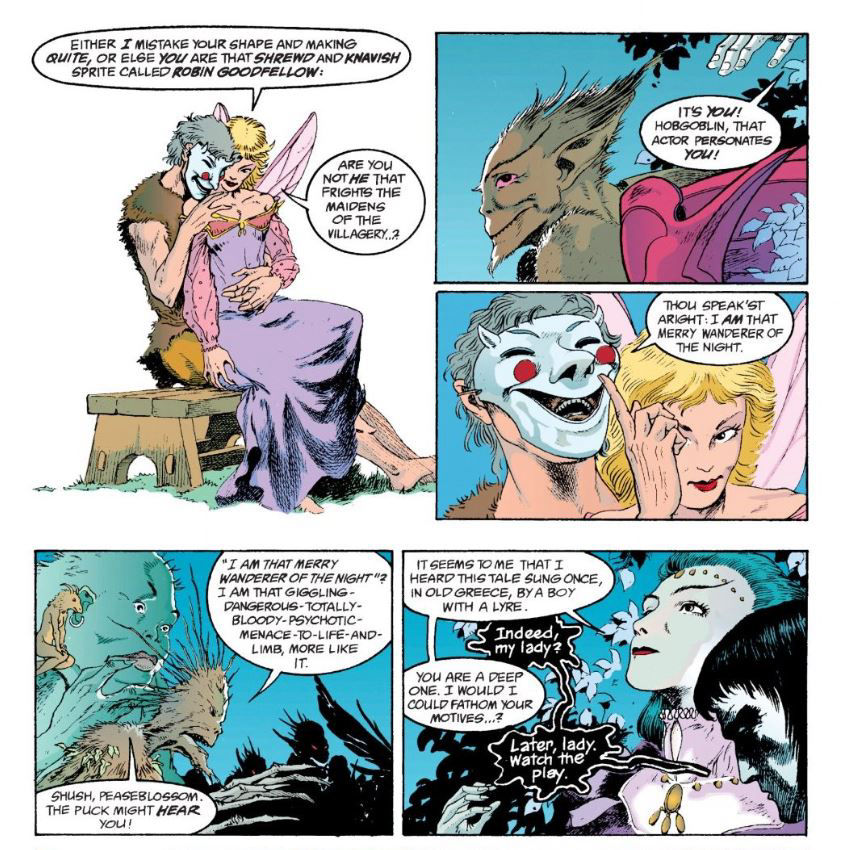
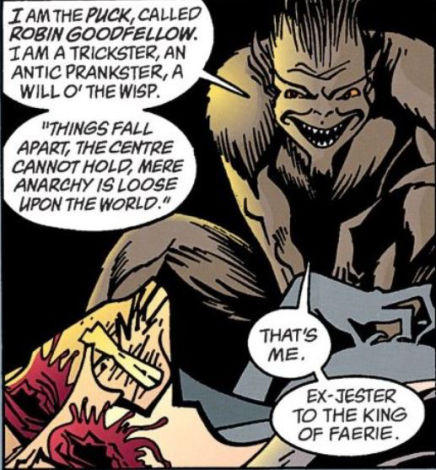
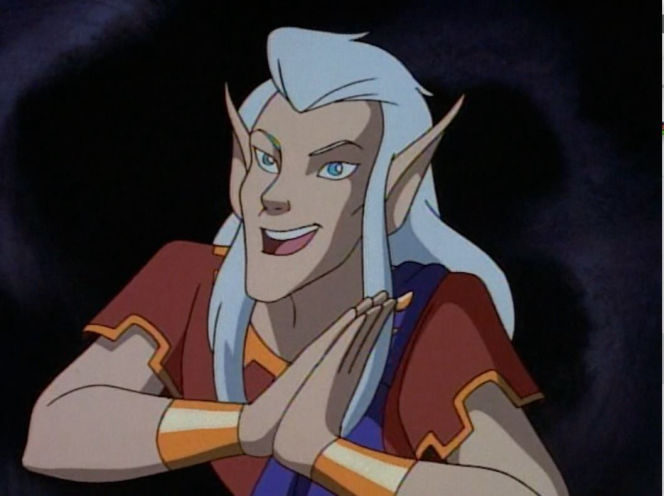
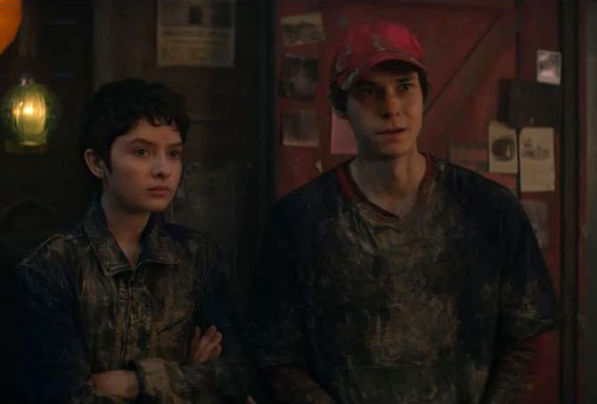
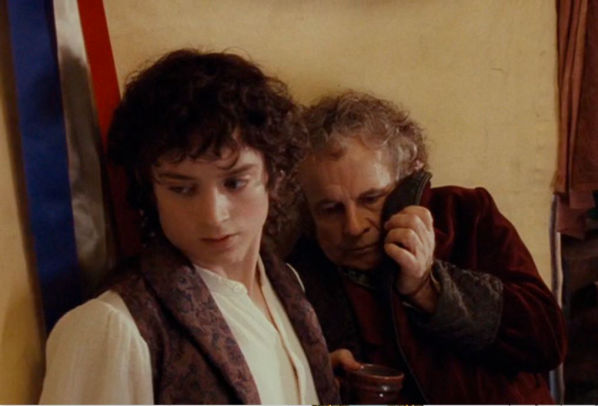
Contact Us